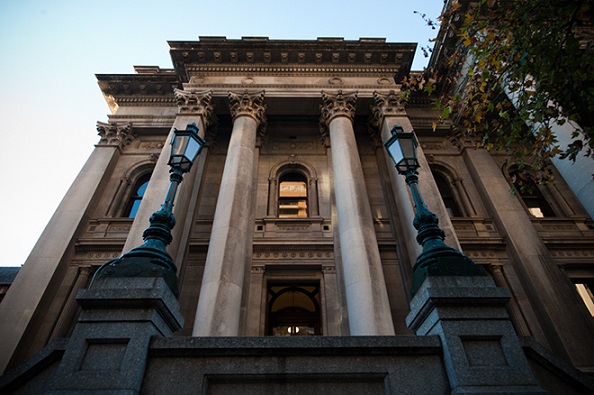Australian airports face costly fight against worst climate risk – ET Infra

- by Admin
- September 9, 2024

Almost all of Australia’s major airports including Sydney and Brisbane are vulnerable to the worst impacts of climate change, according to new analysis that spells out the threats to the multibillion-dollar investments favored by large pension funds.
The travel hubs face significant fallout from storms, floods, heat waves and high winds in coming years, the Zurich-Mandala Climate Risk Index report said Monday. Some 94% of Australia’s 31 busiest airports are exposed to “multiple, very high risks with a very high level of impact,” the report said, giving them the most extreme risk rating possible.
The findings are a warning to aviation infrastructure owners worldwide including IFM Investors, whose portfolio includes Sydney Airport, London Stansted and Vienna Airport. The impact of increasingly wild weather as the planet warms extends beyond airports. Runway closures disrupt airlines — led by Qantas Airways Ltd. in Australia — passengers, freight deliveries and the broader supply chain.
While the report offered some solutions to mitigate the risks, all of them come at a cost. For airport owners, they include investing in heat-tolerant runway surfaces, flood barriers and drainage channels.
“If you think that risk is going to grow over time, your risk of flooding and all those other things, then you invest in greater resilience,” said Danny Elia, IFM’s global head of infrastructure asset management, adding the physical risk to assets was considered from the outset of any investment. “We’re always looking for alarm bells but there’s nothing material across our existing assets that I would ring the alarm bells on.”
The index calculated for the first time the risk from climate change to Australia’s A$170 billion ($114 billion) tourism sector. It studied 178 sites, ranging from Sydney Airport and Bondi Beach to the Melbourne Cricket Ground and Uluru, using Intergovernmental Panel on Climate Change modeling and proprietary impact assessments.
Assuming 2C of warming, by 2050 the proportion of Australia’s tourism sites in the three highest climate-risk categories will rise from 50% to 55%, the report said. These sites are likely to face multiple perils impacting environmental degradation, tourism appeal and accessibility, the report said.
The calculations reflect the risks posed by different elements of climate change. For example, Bondi Beach in Sydney is impacted by floods and storms, but largely untouched by drought. A sports stadium is vulnerable to winds and floods. Wine-growing regions like those in South Australia and the Hunter Valley in New South Wales are particularly exposed to wildfire.
Costly mitigation measures include canopy structures to protect vineyards from heat damage, sea walls to reduce the impact of waves on beaches, and heat-reflective paint or retractable roofs on sports and music arenas, the report said.
The airports in Australia most at risk from climate change include regional gateways to popular holiday destinations, the report found. It identified Hamilton Island Airport and Proserpine Airport, both access points for the Great Barrier Reef.
The Latest News
-
December 21, 2024Ravindra Jadeja’s press conference Hindi-English row: What transpired during the Indian star’s interaction with Australian media | Sporting News India
-
December 21, 2024Coco Gauff declared one of the favourites to win Australian Open
-
December 21, 2024From delays to refunds: how Australia’s air passenger charter could affect your travel rights
-
December 21, 2024‘Dream come true’: Emotional Test bolter on shock call-up and classy act from man he replaced
-
December 21, 2024‘Got this wrong’: Former skipper criticises selectors’ call






